Breastfeeding is one of the most natural and nutritious ways you can nourish your baby. As you breastfeed, your milk naturally changes to meet your baby’s needs. This dynamic process begins with foremilk, and then gradually transitions to hindmilk.
Now, you might be wondering what this means for your baby’s nutrition and how you can ensure they’re receiving all the nourishment they need. Don’t worry—this guide covers everything you need to know to ensure your baby gets the right mix of nutrients from your foremilk and hindmilk for healthy growth and development.
What is Foremilk?
Foremilk is what your baby drinks at the beginning of the feeding session. It is composed mostly of water and has a lower fat content but higher lactose, which is a sugar found in breast milk. With its high lactose content and watery texture, foremilk serves as a “thirst quencher” that provides quick energy and hydration to fill your little one’s intermediate needs. This prepares them for the nutrient-dense milk that follows: hindmilk.
What is Hindmilk?
As your baby continues to feed, the milk you release becomes richer in fat content. This is called hindmilk, with a thicker and creamier appearance. Hindmilk has a higher fat content which is vital for your baby’s growth and development. The fatty acids it contains also provide more sustained energy that helps them feel fuller after the breastfeeding session.
Which is Healthier: Foremilk or Hindmilk?
The high-fat content of hindmilk plays a key role in your baby’s development in multiple ways. Fatty breast milk supports their immune system, boosts their cognitive development and motor skills, and improves their vision. [1] Hindmilk also contains higher calories as well as vitamins A and E, which contribute to critical areas of their development. [2]
It is still important to remember that both foremilk and hindmilk play vital roles in your baby’s overall health. Ensuring a balanced intake of both types of milk during each feeding session helps promote optimal health and growth.
What is Foremilk and Hindmilk Imbalance?
Foremilk-hindmilk imbalance or lactose overload occurs when the baby fills up on low-fat, high-lactose milk (foremilk) without getting adequate high-fat milk (hindmilk).

The fat in the hindmilk helps the baby’s digestive system to process lactose more effectively. Without enough fat, the undigested lactose has nowhere to go but the large intestine, where it gets fermented and creates gas. This can cause symptoms such as gassiness, bloating, difficulty sleeping, stomach pain, increased appetite, and green, foamy, or watery stool.
How to Get Your Baby to Drink Both Hindmilk and Foremilk?
To ensure that your baby is getting a healthy balance of both, keep these in mind during your breastfeeding sessions:
-
Avoid switching breasts too early. Allow your baby to feed on one breast until it feels empty before switching to the other. This helps them access both foremilk and hindmilk.
-
Check your baby’s latch. Make sure your baby is properly latched onto your breast so they can consume milk more efficiently. There should be a steady, rhythmic suck-and-swallow pattern, which indicates that your baby is effectively drawing out milk.
-
Use breast compression. Gently compressing your breast during feeding can help move the milk along the breast, ensuring your baby gets both foremilk and hindmilk.
What Role Does Pumping Play in This?
If your little one tends to feed for short periods or you need to switch breasts frequently, pumping a small amount of milk before feeding can reduce some of the foremilk so it’s easier for them to get to the hindmilk. You can also pump by the end of your feeding session to gather the hindmilk that might otherwise be missed by your baby.
If you’re bottle-feeding your baby with expressed milk, it’s important to pump until your breasts are fully emptied to ensure that both foremilk and hindmilk are collected. Use a double pump to save time and efficiently empty both breasts at the same time. It can also help stimulate milk production and ensure you’re collecting a balanced mix of both hindmilk and foremilk from each breast.

Both types of milk are equally essential to your baby’s growth and well-being. Understanding how to manage the balance between them is crucial for giving your baby the nourishment they need at each feeding.
And if you’re concerned about your baby’s milk intake, remember that there are simple adjustments you can make to ensure they’re getting a balanced amount of both foremilk and hindmilk. Trust in your body’s ability to provide for your baby, and don’t hesitate to seek help if you need it.
FAQs
1. When does the milk change from foremilk to hindmilk?
Some mums may notice the change earlier, typically 5 to 10 minutes into the feeding session, while others might take longer to produce more hindmilk. The timing varies as every mum has a different foremilk-to-hindmilk ratio.
2. How do I increase hindmilk more than foremilk?
Technically, you can’t get your body to produce more hindmilk as it’s not a separate type of milk. You can, however, boost your overall milk supply, which then increases your hindmilk output. Here are some simple tips you can follow to increase your milk supply:
-
Breastfeed more often
-
Have plenty of skin-to-skin contact with your baby
-
Feed from both breasts
-
Take care of yourself
-
Pump between feedings
-
Talk to your doctor or lactation consultant
3. Does pumping increase hindmilk?
Pumping more frequently signals your body to produce more milk, and thus increase your hindmilk output. Try expressing milk from both breasts with a double electric breast pump to get the most milk during your sessions.
4. Does a baby sleep better with hindmilk?
Generally, breast milk is known to improve babies’ sleep and reduce instances of excessive crying. [3] A hindmilk rich in fat satiates the baby more effectively, which can help them sleep for longer stretches.
5. How much milk does a baby get from 10 minutes of breastfeeding?
A baby may get an average of about 30 to 135 mL in one 10- to 12-minute feeding session. This can vary depending on your milk supply, baby’s age, and breastfeeding effectiveness.
6. What foods make breast milk more fatty?
Eating a combination of these foods can help you maintain a well-rounded diet, which supports the production of quality, high-fat breast milk:
-
Heart-healthy fats (eggs, avocados, olive oil, nuts, and seeds)
-
Whole grains (oats and brown rice)
-
Legumes (beans, lentils, and chickpeas)
-
Lean meats (chicken, fish, and turkey)
7. What time of day is breast milk fattiest?
Breast milk tends to have higher fat content during afternoon or evening feedings, and significantly lower at night and in the morning. [4]





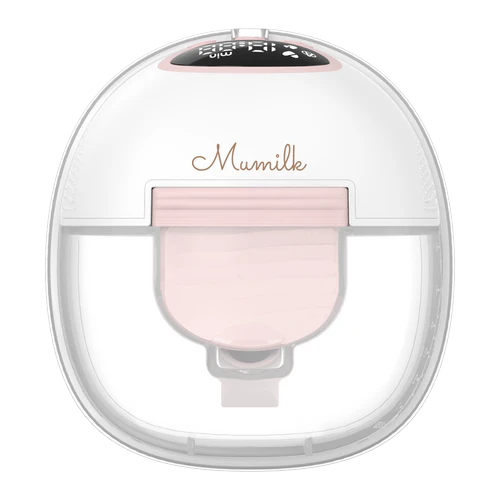
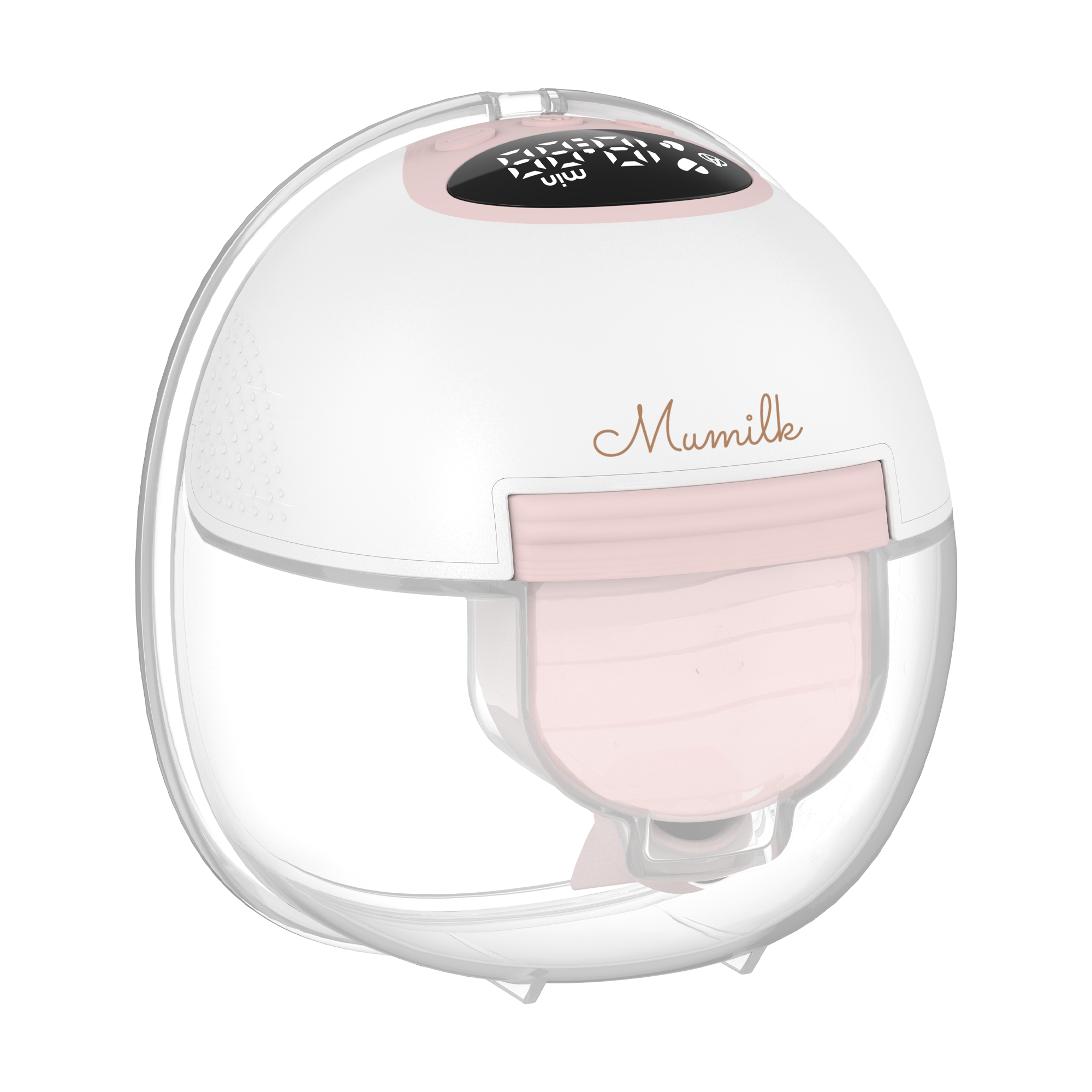




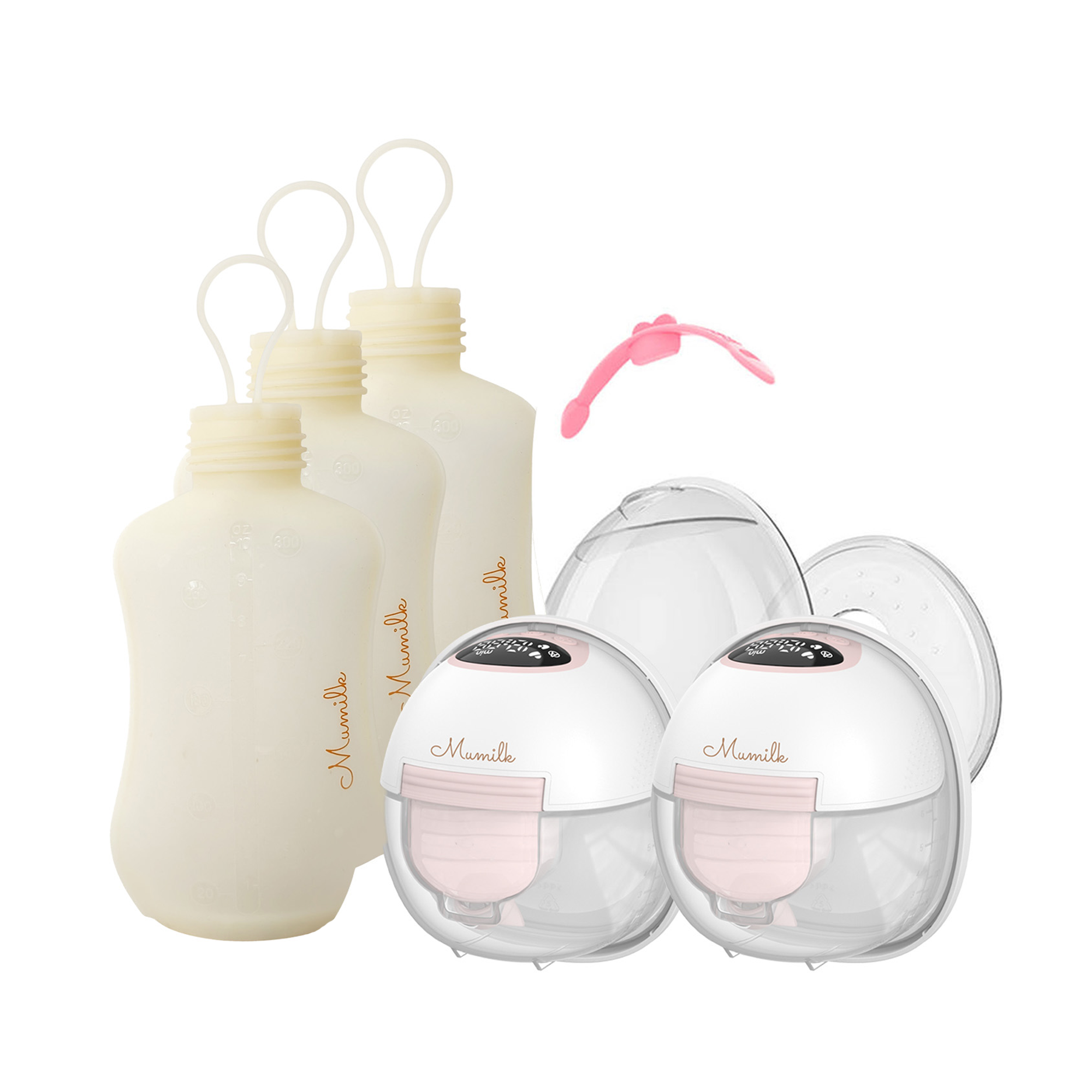
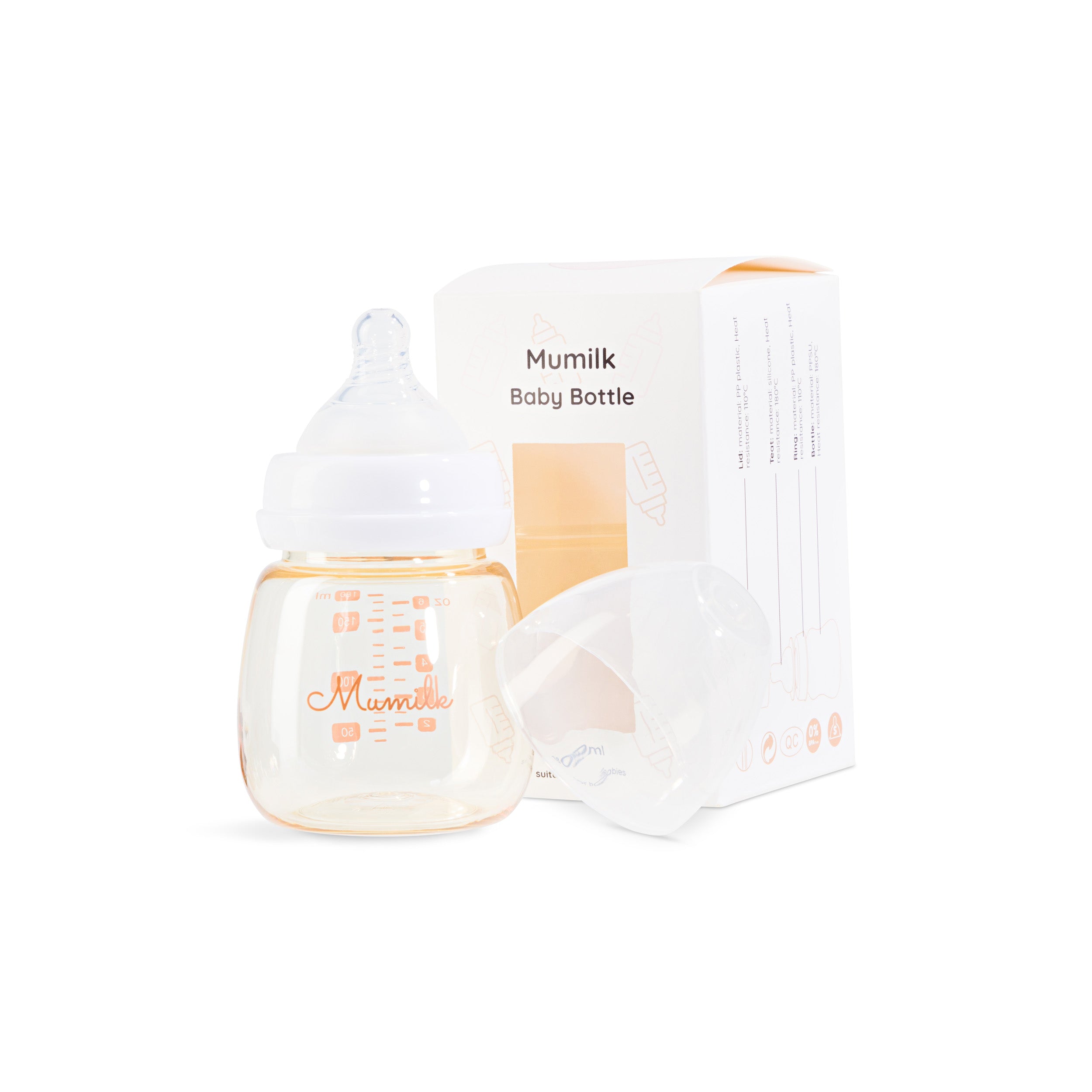
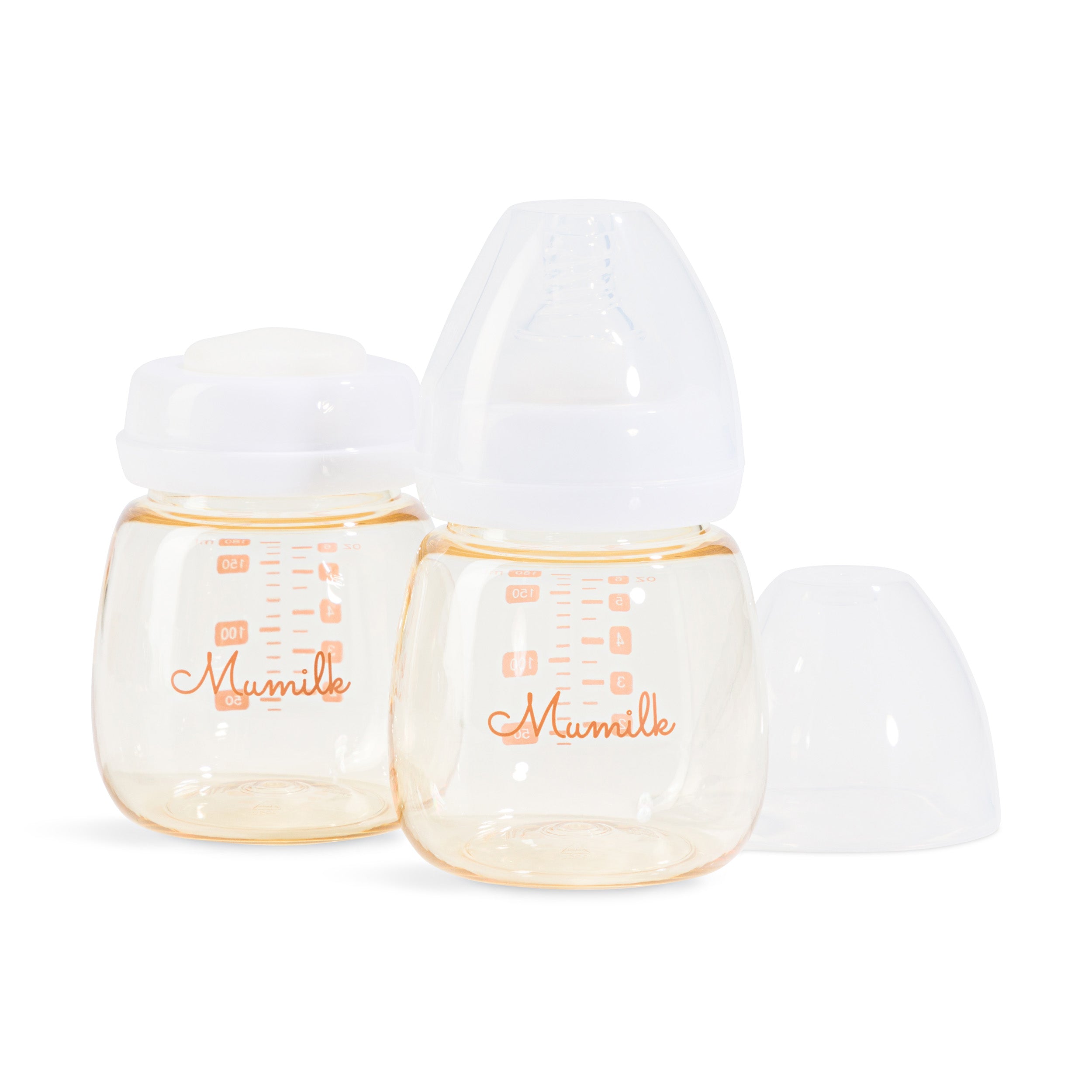
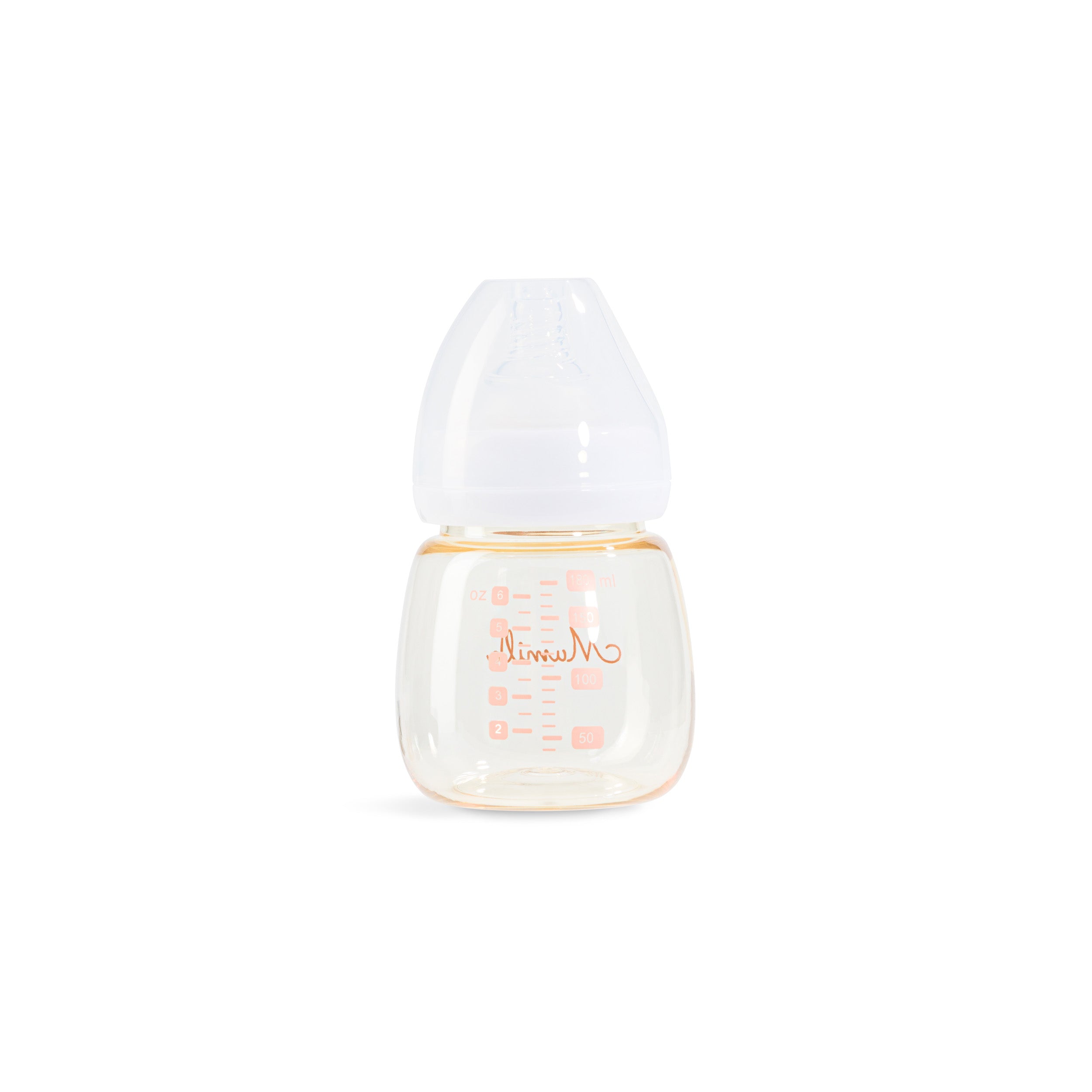
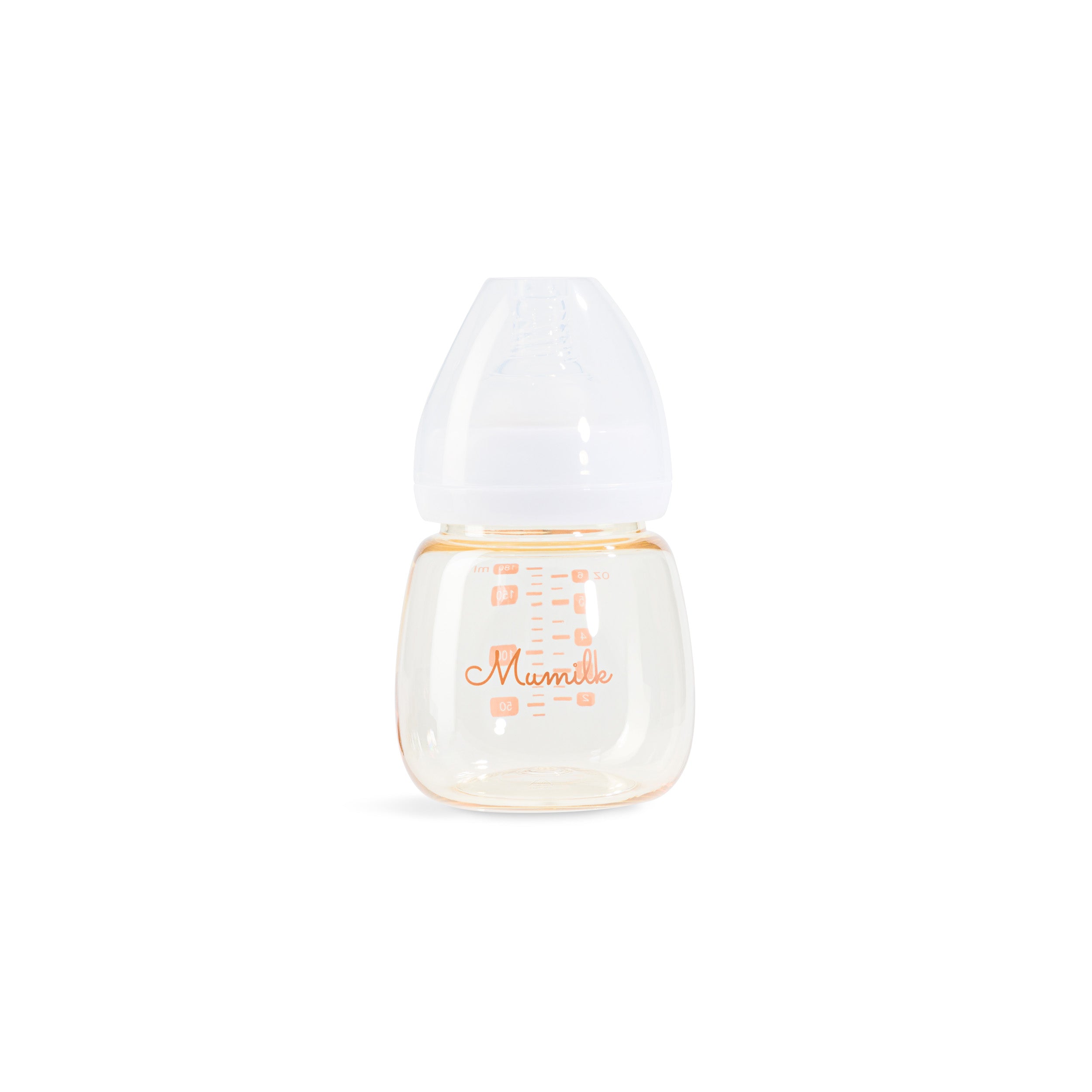
Share:
What is High Lipase Breast Milk & How Does It Affect Your Baby?
Breast Milk Colours: What Each Colour Means